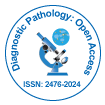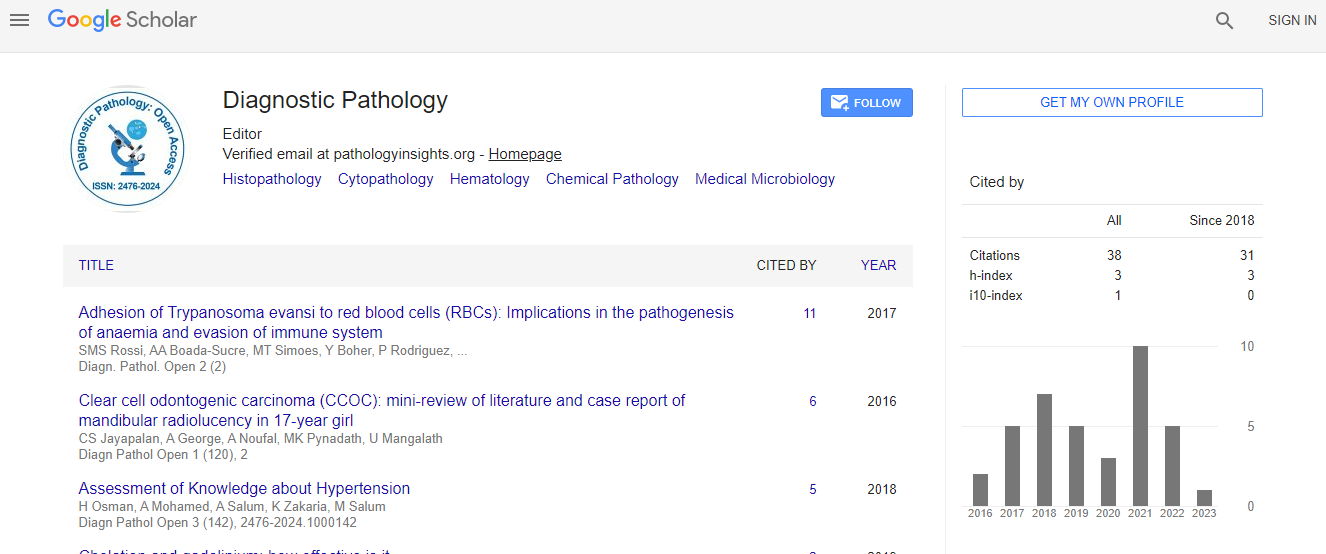Identification of Lysosome-Related Genes in Gastric Cancer and Development of a Prognostic Model
*Corresponding Author: Dongmei Luo, Department of Microelectronics and Data Science, Anhui University Of Technology, Anhui, China, Email: luodamhut@126.comReceived Date: Jan 23, 2024 / Published Date: Jan 22, 2025
Citation: Wei Z, Luo D, Wang Z, Zi C (2025) Identification of Lysosome-Related Genes in Gastric Cancer and Development of a Prognostic Model. Diagn Pathol Open 10: 246.
Copyright: © 2025 Wei Z, et al. This is an open-access article distributed under the terms of the Creative Commons Attribution License, which permits unrestricted use, distribution and reproduction in any medium, provided the original author and source are credited.
Abstract
Background: Despite significant advancements in the diagnosis and treatment of Gastric Cancer (GC), it remains a major contributor to global cancer-related mortality, characterized by high rates of distant recurrence and late-stage fatality.
Methods: We obtained gene expression data for the GC cohort (TCGA-STAD) from the Genomic Data Public Portal (GDC) and lysosome-related genomic data from AMIGO. We used the GSE66259 dataset from the Gene Expression Omnibus (GEO) database for external validation. Initially, we screened GC tissues for Differentially Expressed Genes (DEGs) compared to normal tissues and overlapped DEGs with lysosomal genes to obtain Lysosome-Related Genes (LRGs). Key LRGs were then selected for prognostic modeling through univariate Cox regression, Least Absolute Shrinkage and Selection Operator (LASSO) regression, and multivariate Cox stepwise regression. The prognostic models were evaluated using Kaplan-Meyer (K-M) analysis and Receiver Operating Characteristic (ROC) curves. Independent prognostic factors were also identified by univariate Cox regression and multivariate Cox regression analyses. Additionally, we investigated biological functions, response to Immune Checkpoint Inhibitors (ICIs), as well as Tumor Mutational Load (TMB) mutations in high and low-risk groups.
Results: The univariate Cox analysis identified a total of 48 lysosomal genes with significant differential expression. Subsequently, LASSO regression was employed to select 11 prognostic genes. Finally, a multivariate Cox stepwise regression yielded a set of 7 genes (TRIM29, EGF, GPC3, RETN, RNASE3, GRP, and PSAL1) for constructing the prognostic models. The validated risk model demonstrated accurate prediction of clinical outcomes. Furthermore, independent prognostic analyses revealed that the risk score along with stage and age were independent prognostic factors. Notably, significant differences in biological function, immune microenvironment characteristics, as well as immunotherapy response, were observed between the high and low-risk groups.
Conclusions: The identification of 7 key prognostic LRGs associated with GC patients facilitates accurate prognosis prediction and presents a novel avenue for enhancing clinical management and prognostic outcomes in the GC patient population.

 Spanish
Spanish  Chinese
Chinese  Russian
Russian  German
German  French
French  Japanese
Japanese  Portuguese
Portuguese  Hindi
Hindi 
